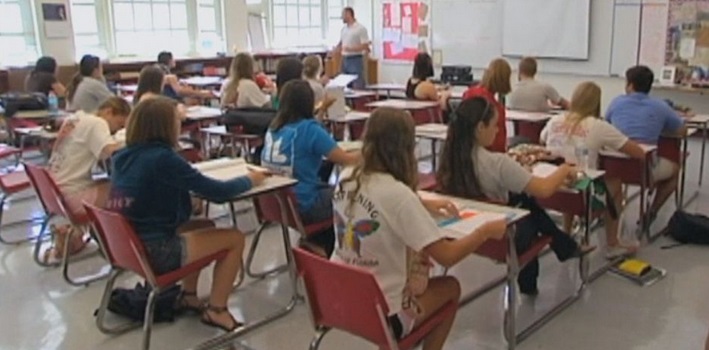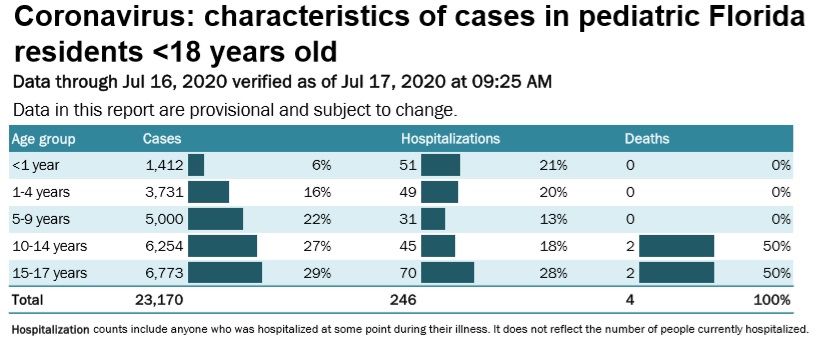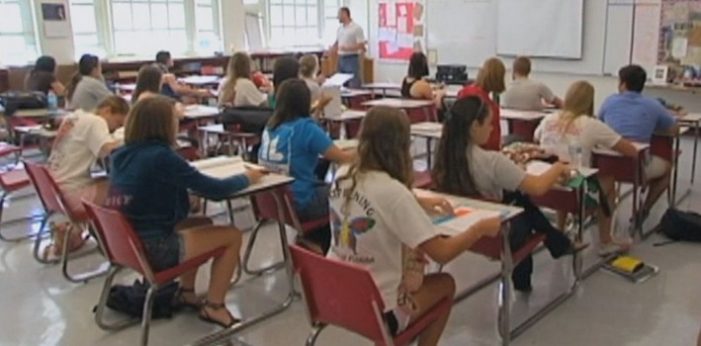With parents and policymakers focused on how K-12 schools should be handled this fall, there has been little discussion about the actual impact of the COVID-19 virus on those below the age of 18.
Listed below are the Florida numbers for cases, hospitalizations and fatalities for those under the age of 18. The time-frame runs from March through July this year.

The numbers show that there have been 23,170 cases which resulted in 246 ( 1.06%) hospitalizations and 4 ( 0.017%) fatalities.
The Leon County numbers show there have been 192 positive cases for children under the age of 18.



I laughed when one of your readers stated the number of children infected by the coronavirus is not zero! Another person asked the number of deaths from drownings, car accidents, flue and suicide! They are all more deadly than coronavirus. Teachers say they are terrified. Utility workers, grocery store worker, police, firefighters, and yes landlords have never stopped working! Open up our economy and go to work. Let’s do what is best for our children, not the teachers union!
I wonder how this compares to the number of child deaths due to suicide, drug overdose, abuse, the common flu, cancer, drowning, bicycle accidents, gang violence, drive-by shootings this week, falling out of trees, accidental poisoning… and of course; abortion.
Overwhelming “scientific” evidence shows that reopening schools does not pose a threat to the children, but keeping them closed does. If some teachers (elderly and/or medically vulnerable) need to stay safe at home, then make accommodations for them.
Any other teacher that refuses to return to work, should be given the opportunity to resign and seek another career path. Those that simply refuse to return to work and do not resign, should be terminated on the grounds of Job Abandonment. Reagan had to do it to the ATCs, and Trump May have to do it here as well.
There are plenty of qualified adults who can step up to the plate, read from the textbook, follow the curriculum, and teach our children while we restructure what has become a dangerous, ineffective, and failed Public Indoctrination System.
The issue is only partially “will children get sick”? But also, “Will children get *other* people sick”?
New research from South Korea paints a more complicated picture, with children over ten spreading the virus as well as adults.
https://www.nytimes.com/2020/07/18/health/coronavirus-children-schools.html
“A large new study from South Korea offers an answer: Children younger than 10 transmit to others much less often than adults do, but the risk is not zero. And those between the ages of 10 and 19 can spread the virus at least as well as adults do.”
Oh well.
This study included over 65K contact tracings. From a mechanism of action standpoint, there is good reason to believe age makes a big difference in catching, and dispersing the disease. COVID attaches to lung cells through a specific protein, ACE2, which children do not begin to express in large quantities until 10 and older.
That study didn’t even know the direction of the transmissions
@Rick –
All studies have limitations, and anyone telling you they can detect direction of transmission in this reality is selling you something. Regardless, they did find that having a child between 10 and 19 was associated with higher chances of having COVID in the house, but a far greater risk than younger children.
“We also found the highest COVID-19 rate (18.6% [95% CI 14.0%–24.0%]) for household contacts of school-aged children and the lowest (5.3% [95% CI 1.3%–13.7%]) for household contacts of children 0–9 years in the middle of school closure. ”
It could be random chance that this was observed, but what might explain why having children 10-19 was associated with higher COVID, and < 9 associated with lower COVID? Do you have a hypothesis? And again, from a mechanism of action standpoint, expression of ACE2 increasing after age 10 gives us a reason to understand this observations; the means by which the virus gains entry into the body is barely resent in younger children.
The good news is that small children under 10 were found to be associated with the lowest incidence of covid spread, which bolsters the argument that daycare and elementary schools are likely to be relatively safe; at least compared to large gatherings of teenagers or adults. That isn't saying 'completely safe', but at least, better.